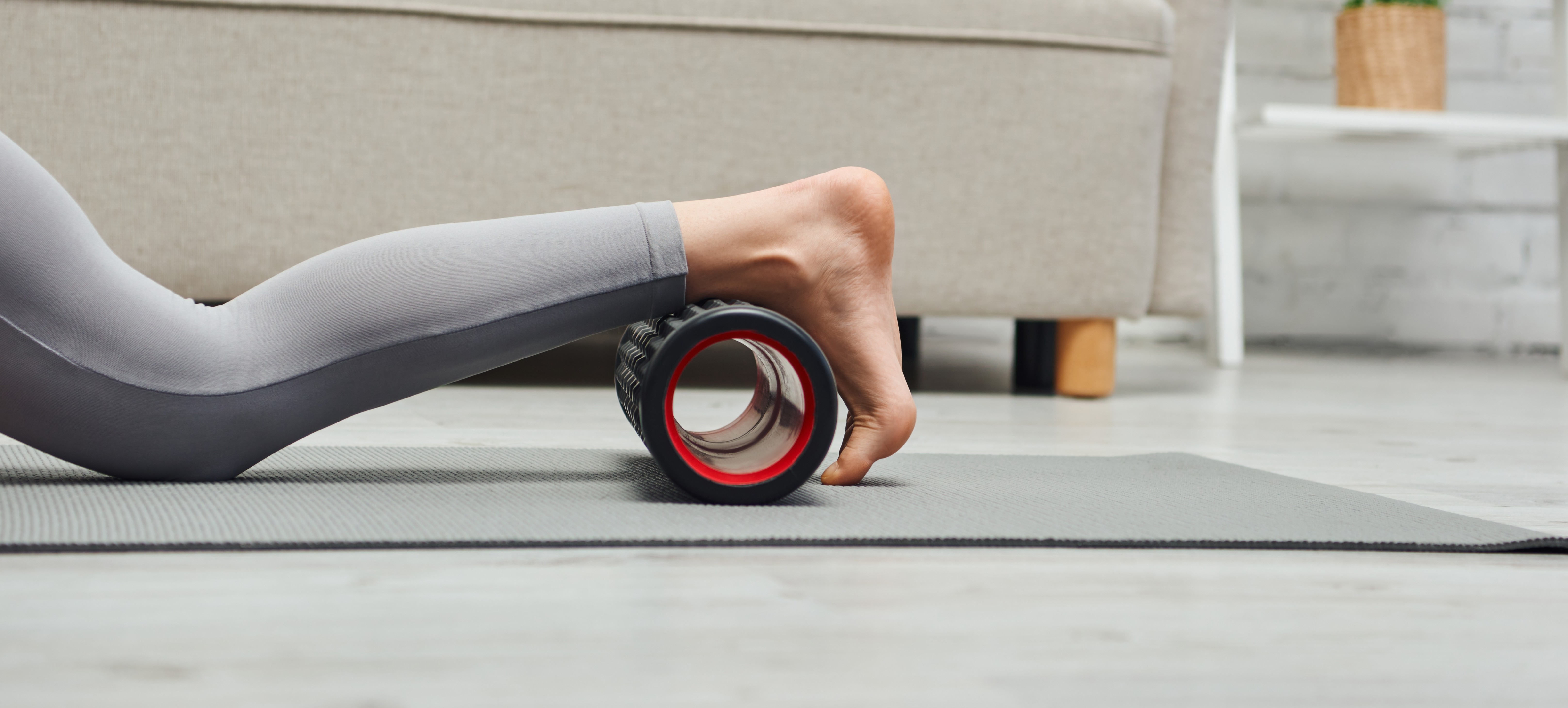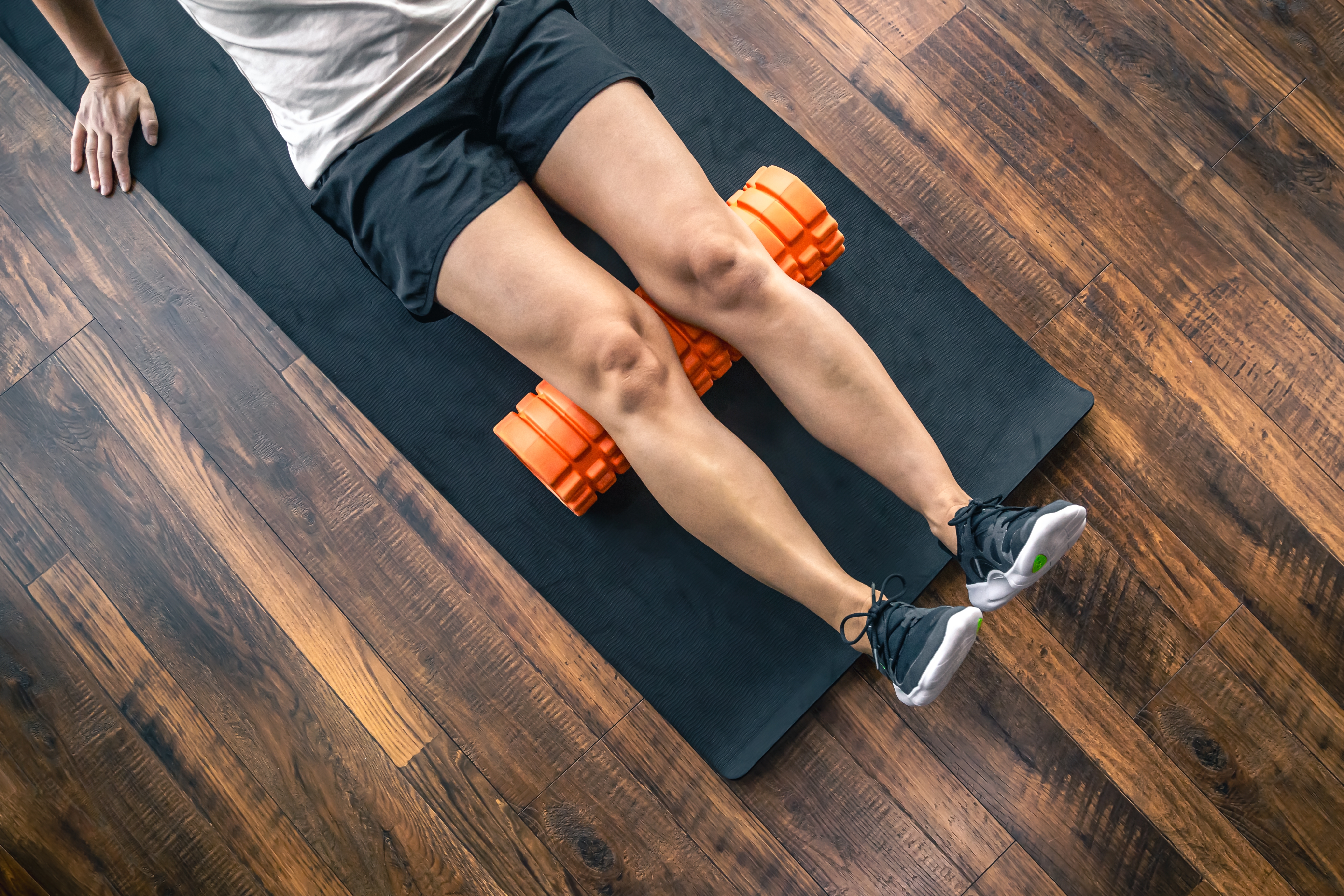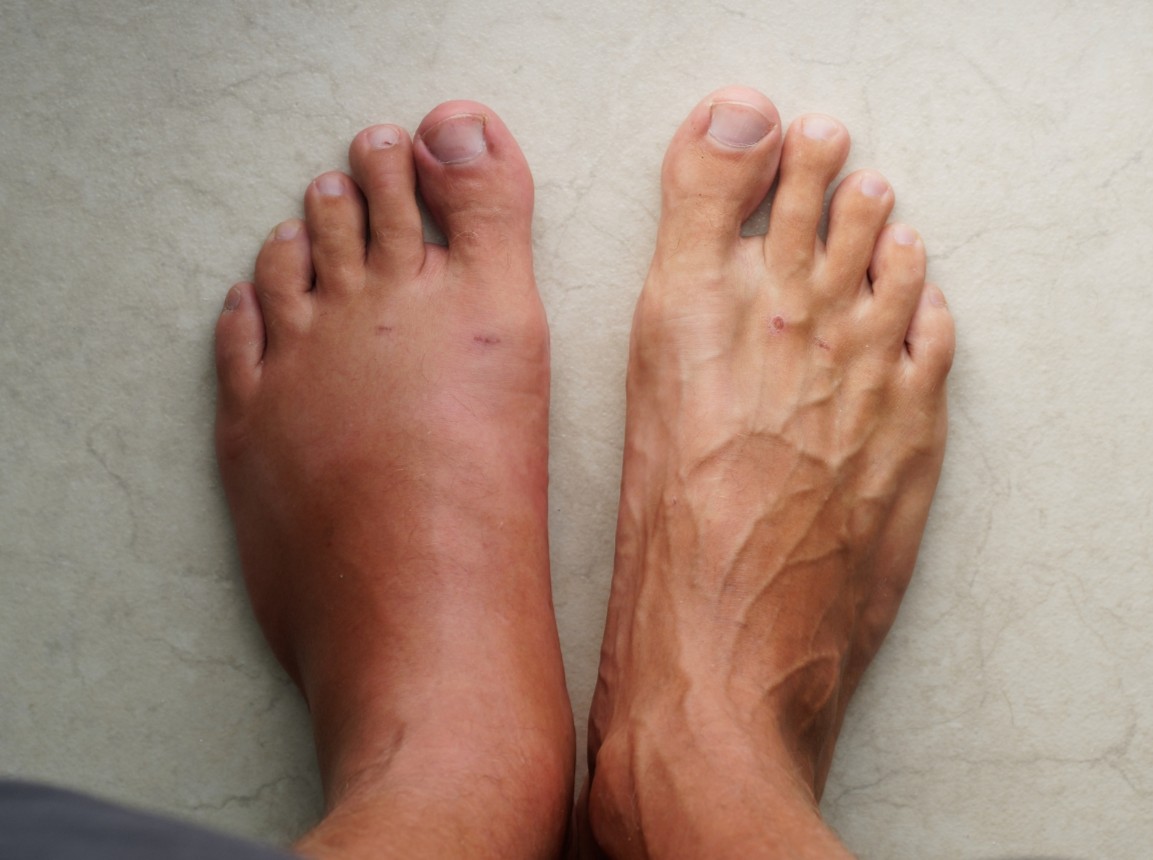

Foam rolling isn’t just for athletes or gym enthusiasts, it’s a powerful tool in podiatry for managing muscle tightness, improving movement, and preventing injuries in the feet and lower limbs.
At Perform Podiatry, we often see patients with tight calves, achilles issues, plantar fasciitis, shin splints, and general foot fatigue.
Many of these conditions are linked to muscle tension, fascial restrictions, or imbalances higher up in the kinetic chain (like the calves,
hamstrings, and hips). Foam rolling provides a simple, effective way to address these issues.

Tight calf muscles are a common contributor to foot and heel pain. Foam rolling helps release tension in the muscles, reducing strain on the Achilles tendon and plantar fascia.
By loosening up the fascia and muscles in the lower legs, foam rolling allows for better ankle range of motion and foot mechanics, important for walking, running, and even standing posture.
Foam rolling the calves, hamstrings, and plantar fascia itself can help relieve pain associated with plantar fasciitis by addressing the muscle tightness and fascial restrictions that often contribute to the condition.
Many lower limb injuries stem from poor flexibility and muscle imbalances. Regular foam rolling promotes balanced muscle length and reduces compensations, lowering the risk of injuries like shin splints and tendinopathies.
Foam rolling complements orthotic treatment by ensuring muscles and soft tissues are also addressed, leading to more effective and longer-lasting results.
NOTE: If you or someone you know is struggling with foot problems and would like to speak to a foot specialist, feel free to reach Perform
Podiatry on 09 523 2333 or book online by clicking here.

We’ve all had those days — you come home after hours on your feet, kick off your shoes, and notice your ankles look puffier than usual.
Swelling in the feet, ankles, or legs (known medically as edema) isn’t always a reason to panic. It can be as simple as a
salty lunch or a long flight.
But what if it’s happening more often — or seems to be getting worse? Swelling can sometimes be a sign of something more serious. Here’s
what could be going on and when to check in with your doctor.
.jpg)
Every year on October 8th, the world celebrates International Podiatry Day - a day dedicated to
raising awareness about foot health and the vital role that podiatrists play in our overall well-being.
Keeping your family on their feet and helping them to walk, run, play and exceed their goals is why we love getting up in the morning.
Ground Floor, One Health Building
122 Remuera Rd, Remuera
Auckland 1050, New Zealand
| MON - FRI | 7:30am – 6:30pm |
| SAT | 8:30am – 4:30pm |
| SUN | Some availability |
Make an Appointment
Online Schedule
Our virtual receptionist is available 24/7 to help with general questions, booking requests, and clinic information, even when our team is busy, or it's after hours.
Whether you're calling us or using our website, you'll get fast assistance any time of day. And if your query needs a personal touch, a member of our team will follow up as soon as possible.
If you’d like to see a podiatrist who speaks your preferred language, just give us a call and we’ll help you book.